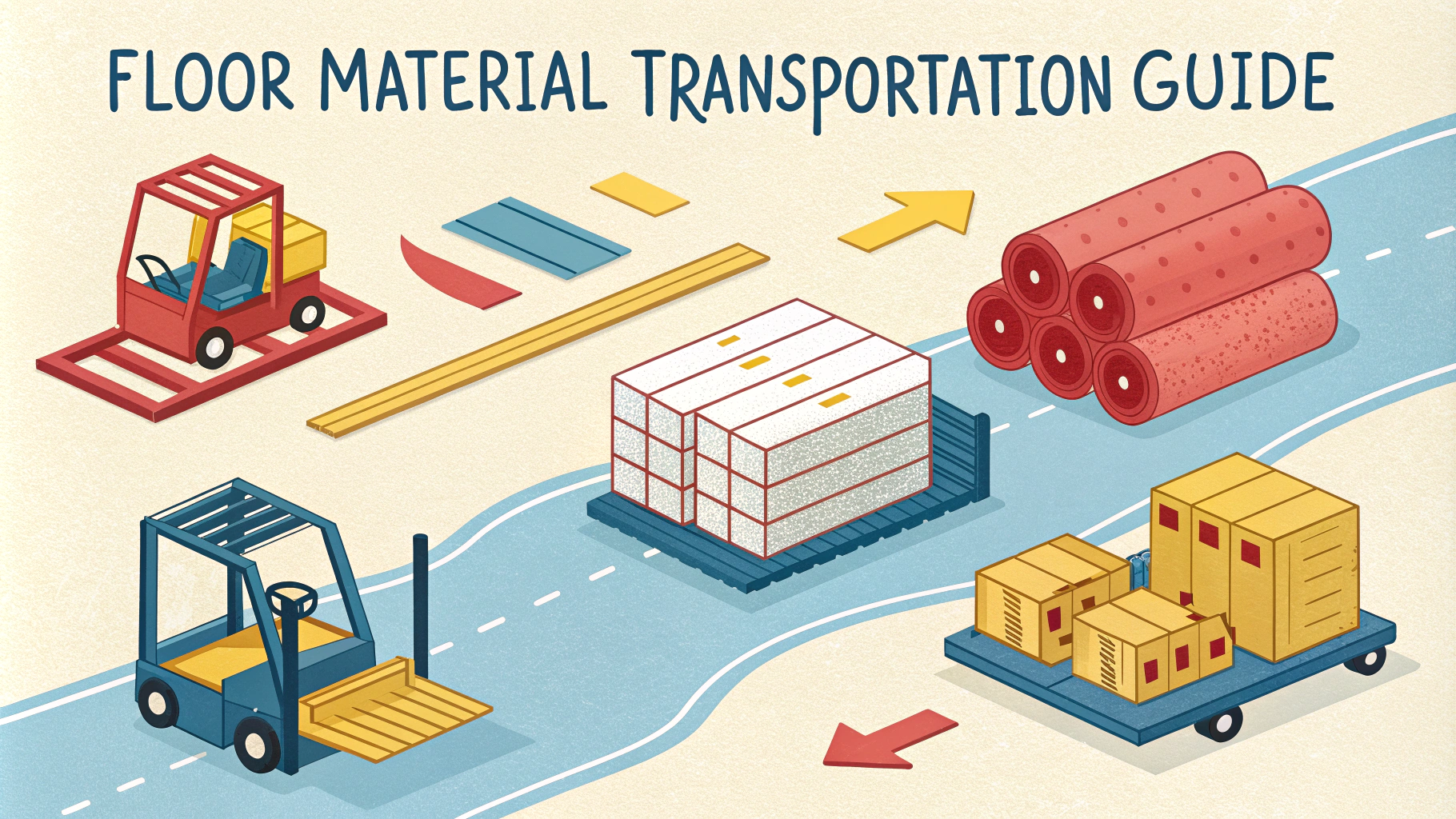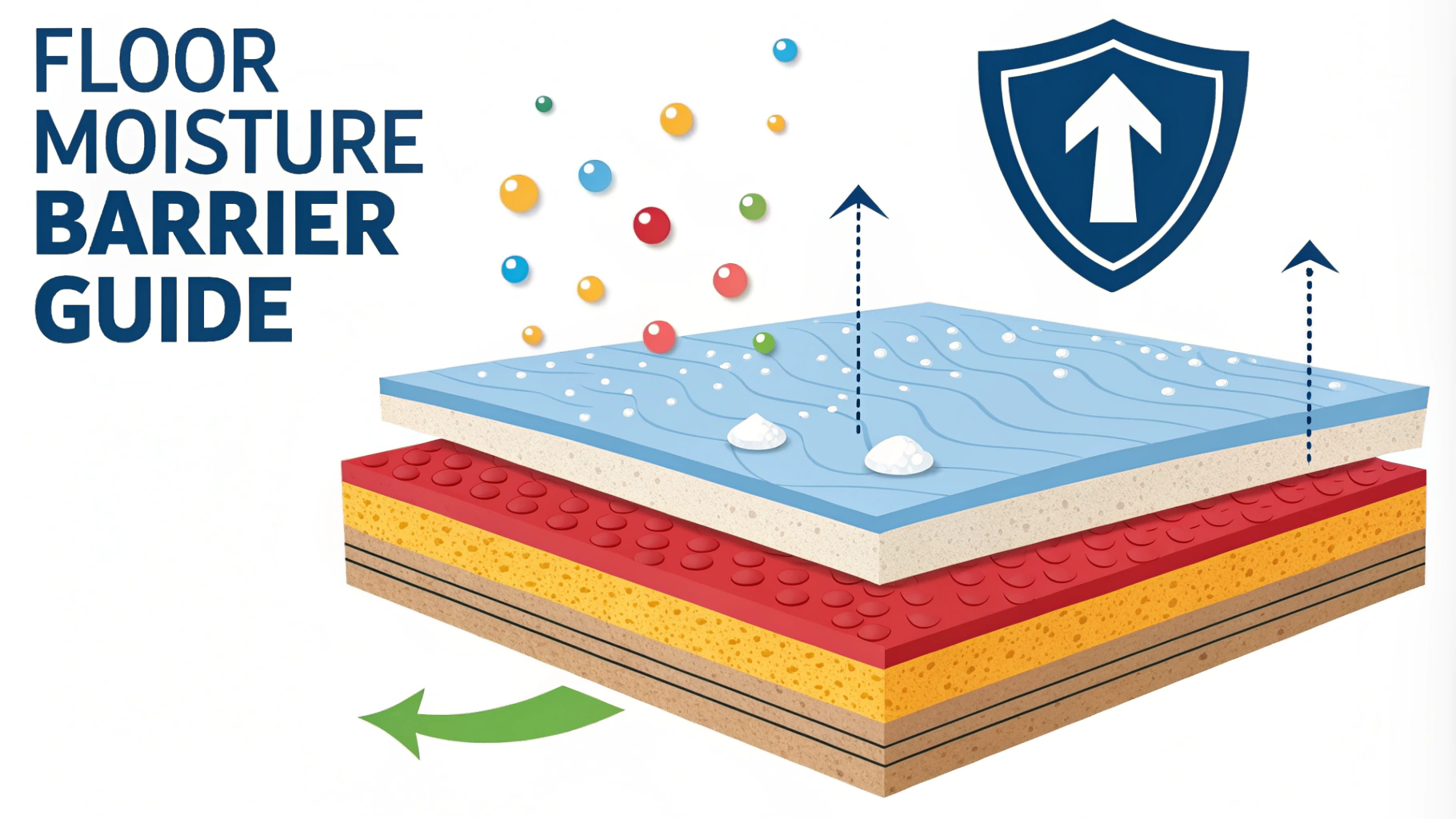Floor heating systems offer different levels of efficiency depending on the type of flooring material installed above them.
Understanding how various flooring materials interact with radiant heat can significantly impact your home’s heating performance and energy costs.
This guide examines the efficiency ratings of common flooring materials when used with underfloor heating systems, helping you make an informed choice for your space.
Flooring Material Efficiency Ratings
| Material | Heat Transfer Rating | Efficiency Level |
|---|---|---|
| Ceramic Tile | 0.92 | Excellent |
| Natural Stone | 0.89 | Excellent |
| LVT/LVP | 0.85 | Good |
| Engineered Wood | 0.75 | Moderate |
| Carpet | 0.50 | Poor |
Best Flooring Options for Radiant Heat
- Ceramic and Porcelain Tile: Superior heat conductivity and minimal thermal resistance
- Natural Stone: Excellent heat retention and distribution properties
- Luxury Vinyl: Good heat transfer with proper underlayment
- Engineered Hardwood: Acceptable performance when properly rated for radiant heat
Materials to Avoid
- Solid hardwood (risk of warping)
- Thick carpeting with dense padding
- Cork flooring
- Rubber flooring
Maximizing Heating Efficiency
- Install proper insulation beneath heating elements
- Use recommended temperature settings (usually 80-85°F maximum)
- Choose appropriate underlayment materials
- Maintain consistent temperature settings
Installation Considerations
Professional installation ensures optimal heat transfer and system longevity.
Contact certified radiant heating installers through the Radiant Professionals Alliance for qualified installation services.
Recommended System Settings
- Tile/Stone: 75-80°F
- Vinyl: 80-85°F
- Engineered Wood: 80-82°F
Making the Right Choice
Select flooring materials based on both their heat transfer properties and your specific room requirements.
Consider factors like room usage, climate, and existing subfloor conditions when making your selection.
For personalized advice, consult with a flooring specialist who has experience with radiant heating systems.
Cost Considerations
Understanding the total cost impact of flooring choices with radiant heat systems involves several factors:
- Initial material costs
- Installation expenses
- Long-term energy efficiency savings
- Maintenance requirements
Maintenance and Care
Daily Care
- Use manufacturer-approved cleaning products
- Avoid excessive water exposure
- Monitor for signs of thermal stress
- Clean spills promptly
Long-term Maintenance
- Annual system inspections
- Regular temperature monitoring
- Seasonal adjustments
- Professional deep cleaning
Common Installation Mistakes to Avoid
- Inadequate subfloor preparation
- Improper temperature sensor placement
- Insufficient insulation
- Wrong underlayment selection
Making Your Radiant Heat Investment Count
Success with radiant floor heating depends on choosing materials that balance comfort, efficiency, and durability. Consider your lifestyle needs alongside the technical specifications when making your final selection.
Remember that while initial costs may be higher for better-performing materials like ceramic tile or natural stone, the long-term energy savings and comfort benefits often justify the investment.
Consult with qualified professionals for specific recommendations based on your home’s unique characteristics and your heating requirements.
FAQs
- Which flooring material is most efficient for underfloor heating?
Tile and stone are the most efficient materials for underfloor heating due to their high thermal conductivity and ability to transfer heat effectively into the room. - How does carpet affect floor heating efficiency?
Carpet acts as an insulator and reduces heating efficiency. The thicker the carpet and underlay, the more it impedes heat transfer, requiring higher operating temperatures to achieve the same warmth. - What’s the efficiency difference between wooden flooring and tiles with underfloor heating?
Tiles are approximately 50% more efficient than wooden flooring with underfloor heating. While tiles transfer heat quickly, wood provides more insulation and slows heat transfer. - Does laminate flooring work with underfloor heating?
Laminate flooring can work with underfloor heating but must be specifically rated for it. Its efficiency is moderate, and temperature should not exceed 27°C (80.6°F) to prevent damage. - What is the maximum floor temperature recommended for different flooring types?
Maximum temperatures vary: 29°C for timber, 27°C for laminate, 35°C for tile/stone, and 24-26°C for vinyl flooring to ensure safety and prevent damage. - How does vinyl flooring perform with underfloor heating?
Vinyl flooring offers moderate efficiency with underfloor heating and must be specifically rated for it. It provides better heat transfer than carpet but less than tile or stone. - What role does floor thickness play in heating efficiency?
Thinner flooring materials provide better heat transfer. Every millimeter of flooring thickness increases the time and energy needed to heat the room effectively. - Can natural stone flooring crack with underfloor heating?
Natural stone is highly unlikely to crack with properly installed underfloor heating, provided the heating system is commissioned correctly with a gradual temperature increase and appropriate expansion gaps. - How does the tog rating affect underfloor heating efficiency?
The tog rating directly impacts efficiency – flooring materials should not exceed 2.5 tog (including underlay) for optimal performance. Higher tog values significantly reduce heating efficiency. - What’s the impact of floor insulation on heating efficiency?
Proper floor insulation beneath the heating system can improve efficiency by up to 50% by preventing downward heat loss and directing more heat upward into the room.







